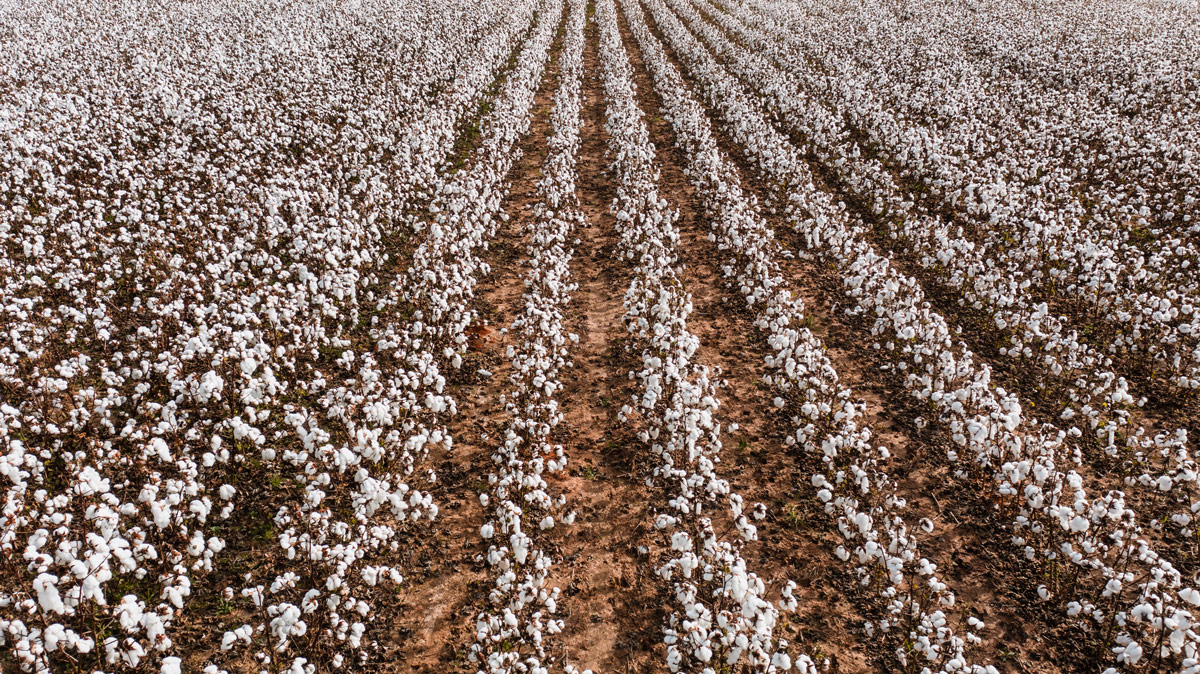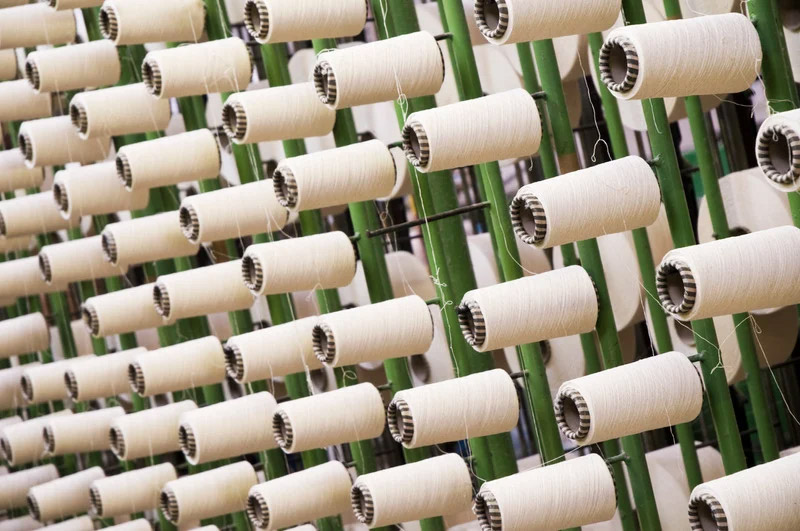Reducing water consumption in fashion: the decisive role of textile upcycling
The textile industry is one of the biggest consumers of water. Upcycling can drastically reduce its impact. Here are some figures and alternatives.

your
textile products with us?
Every year, the textile industry consumes 93 billion m³ of water, equivalent to the drinking water needs of 5 million people. This vital resource is mobilized at every stage of the manufacturing process, from the cultivation of raw materials to dyeing, garment making and finishing.
Against a backdrop of growing water stress, the question arises: how can we reduce fashion's water footprint? And what are the concrete alternatives that can kick-start a transition?
The cultivation of raw materials: an invisible abyss
Cotton, champion of water consumption
Cotton, the most widely used natural fibre in the world, is particularly responsible:
- It takes an average of 10,000 liters of water to produce 1 kg of cotton, or the equivalent of 2,700 liters for a T-shirt.
- This need for irrigation is exacerbated by the often arid and drought-prone growing regions (India, Pakistan, Uzbekistan).
This massive consumption dries up water tables, diverts rivers and puts stress on already fragile regions.

Textile manufacturing: an underestimated water impact
Washing, spinning, weaving... a chain of energy-consuming stages
After cultivation, the fibers go through several water-consuming stages:
- Spinning: some fibers (cotton, wool) have to be washed first.
- Weaving/knitting: relatively little water, but often followed by post-treatment washing.
- Dyeing, bleaching and finishing: the culmination of the textile water footprint.
🔬 100 to 150 liters of water are needed to dye a single kilo of fabric. And the chemical baths used during treatments (chlorine, brighteners, waterproofers) require multiple rinse cycles.

Water pollution: the hidden face of the textile industry
Fashion's water footprint is not limited to water consumption: it also generates massive pollution.
- 20% of the world's industrial water pollution comes from textiles*.
- Dyes, solvents and finishing products are discharged untreated, contaminating rivers and groundwater.
* Microplastics from synthetic fibers exacerbate the phenomenon, released with each domestic or industrial wash.
Packaging: a less costly stage, but not negligible
Although it accounts for a smaller share of the total, garment manufacturing (cutting, assembly, finishing) involves :
- Fabric humidification for easier cutting
- Steam ironing, final wash
- Sales preparation (pressing, labeling, etc.)
Each cycle adds to the footprint of an already high-consumption system.
.jpg)
Textile upcycling: a solution with very low water impact
Reduce water consumption by making the most of existing facilities
Textile upcycling, or overcycling, consists in reusing existing garments or textiles to create new products, without going through the cumbersome stages of material transformation.
By deleting :
- Fiber cultivation and irrigation
- Dyeing and chemical treatments
- Spinning, weaving and washing stages
...upcycling saves up to 99% water compared to conventional textile production.
Comparison: new vs. upcycled t-shirt
To produce a standard (new) T-shirt, the average water consumption is 2,700 L (≈ 2 years of drinking water/person).
To produce a Losanje upcycled T-shirt, the average water consumption is 27 cl (≈ 1 glass of water).
👉 That's a saving equivalent to 70 showers for a single item of reclaimed clothing.
Towards more responsible, circular fashion
Faced with climate change and water tensions, the textile industry must transform its business models.Upcycling is emerging as an immediate, effective and visible alternative for brands.
- No need to produce new
- It recycles unsold and dormant textiles
- It meets the requirements of the AGEC law law (prohibition of destruction of unsold goods)
- Drastically reduces water consumption and overall environmental impact
At Losanjewe help brands, companies and institutions to integrate upcycling into their value chain, on both a small and large scale.
Ideas, materials,
a project? We'd love to hear from you.
At Losanje, we can help you create responsible textile products, whether you have materials to recycle or not.
You might like
...


.png)
.jpg)
.png)